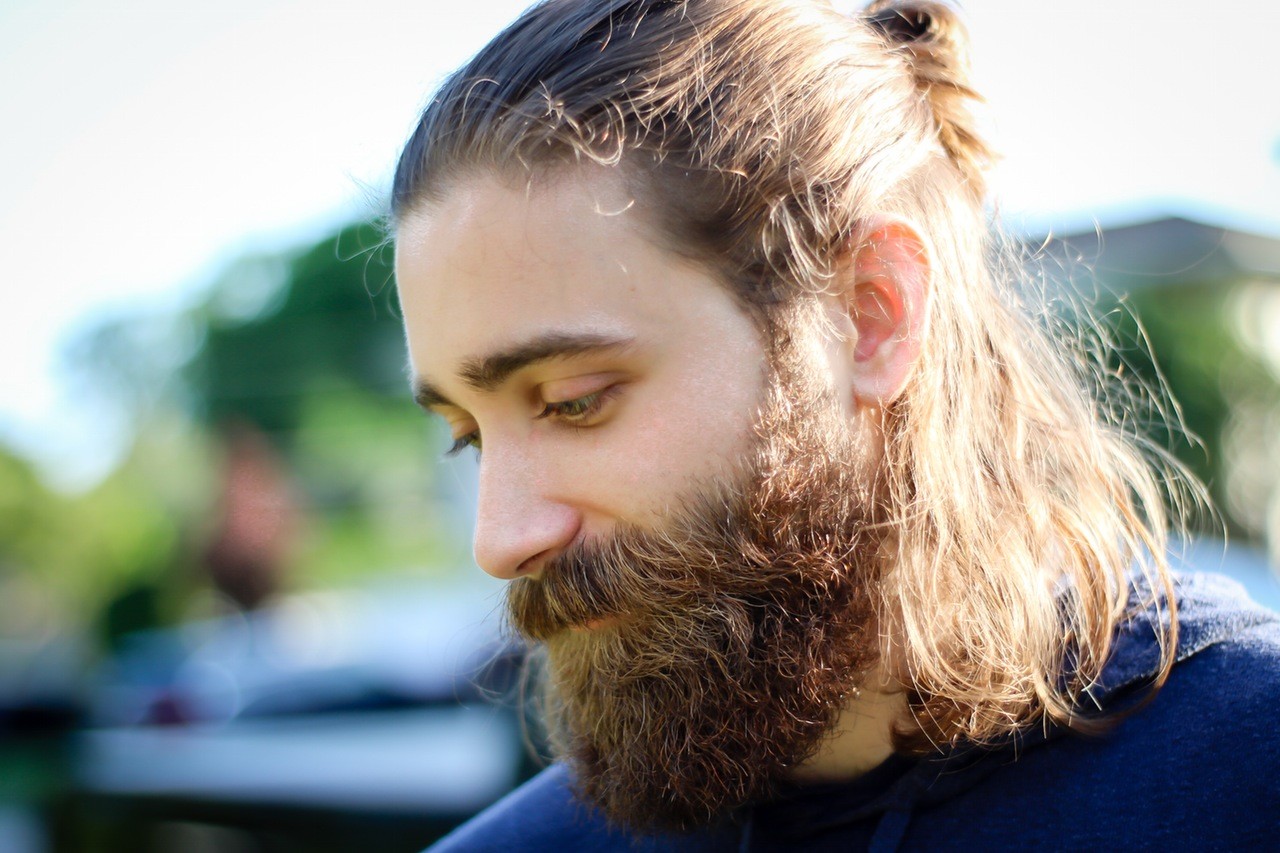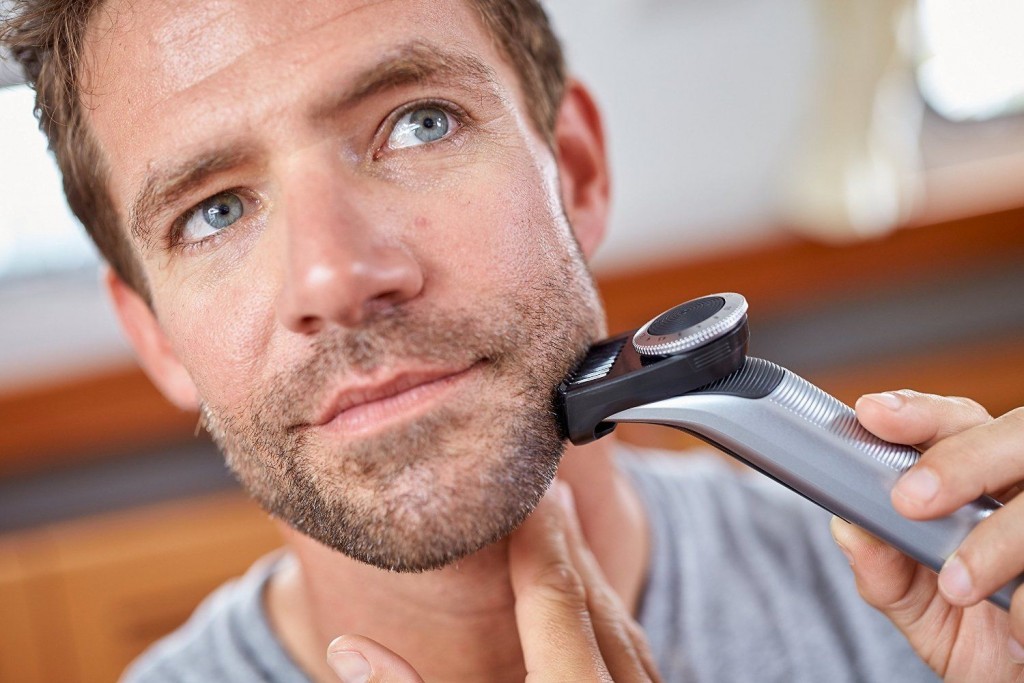Maybe shaving isn’t for you. Perhaps you have sensitive skin; your mornings are full enough as they are; or you simply look better with hair on your face.
No matter the reason, our beard trimming, styling and maintenance guide will help you understand the how and why of growing and maintaining a fantastic beard.
A Brief History of Facial Hair
The current scientific view of beards, as they were grown in prehistoric times, is as follows:
A beard provided warmth, an intimidating appearance (on account of darkening, thickening and defining the jawline), and protection against blows to the face.
Thankfully, today we keep warm by means other than facial hair; seldom need to look more intimidating; and suffering a blow to the face at the hands of another person (or the paws of a wild animal) is a rare occurrence.
Fast-forward to modern times.
Growing a beard is a decision, based on personal aesthetic preferences, and determined by age and genetics.
Facial hair can make a man look older, wiser, stronger – and more attractive, by darkening features and increasing facial symmetry.
How to Grow a Beard

To put it as plainly as possible, stop shaving.
Of course, that’s the simple answer; the reality of growing a beard is more complex.
Unless you’ve won the genetic lottery, and possess dark, dense facial hair that grows quickly and evenly, cultivating a respectable beard will require more than a modicum of patience and acceptance.
Most men need at least one full month to grow a “full beard” – that is, more than just stubble.
As such, you’ll have to be patient, and accepting of your changing appearance during the time you transition from smooth-faced to ruggedly whiskered.
In the beginning, may look neglectful, as though you’ve forgotten to shave.
Then comes the stubble – but not for long, for as stubble grows, it enters the transitory, often patchy-looking stage between fashionably short and “proper beard”, at which point you may be tempted to abandon your efforts. Hold fast! Remain firm in your resolve!
Patience is a virtue, and those who steadfastly ignore the siren song of their razor will in all likelihood be well-rewarded.
Making the Process More Comfortable
As a beard grows, it itches.
There’s no way around it – facial hair is – according to Gillette, a company that knows about this sort of thing – as tough as copper wire.
Fortunately, the worst of the itchy, prickly sensations subside after one to two weeks.
Itching can be reduced by keeping your beard clean – wash it in the shower with natural, non-irritating bar soap – and well-moisturized.
A little high-quality beard oil or conditioner goes a long way. You may also find that a stiff-bristled brush (try one made from natural boar hair) is a great way to exfoliate your skin.
Helping Your Beard Take Shape

Resisting the urge to shape your beard in its early stages is important – giving in too soon may yield less than satisfactory results.
Allow your beard to grow for at least two weeks – three or four is even better – before styling it.
When it’s time to break out the razor, scissors or your best beard trimmer, begin by styling your beard conservatively.
It’s better to shape and remove not quite enough hair, than too much – a frustrating scenario that’s best avoided, lest you be tempted to shave everything off.
Here’s a pro-tip: Don’t cut your neckline too high!
Many men make this mistake, and result is usually quite the opposite of what was intended: instead of enhancing the jaw, an unnaturally high neckline creates a “chinstrap”, which causes or exaggerates a fleshy, jowly appearance.
Most men – your results may vary, of course – look best when their beard is allowed to grow one to two inches above the
Adam’s apple, or most, where the neck and head meet. The remainder of the beard – which often grows sparsely – may be faded using a trimmer, shaved, or otherwise removed from the neck.
Moustaches are easily trimmed with scissors.
Most any well-made, short- and thin-bladed scissor will do, but the best result may be achieved with specialized moustache or facial hair scissors, some of which feature curved and/or rounded tips.
Unless you’re after a Clark Gable-esque “pencil moustache”, avoid removing hairs from too high above your upper lip.
How you trim your cheek line is up to you.
For men whose beards grow in fully, with few bare patches, little more (unless so desired) than shaving or tweezing errant hairs that contribute to an unkempt appearance is necessary.
However, those whose cheeks are only dotted with hairs may wish to adopt a style of beard that emphasises the areas of stronger growth – typically following the line of the sideburns down to the lower jaw and chin.
Match your Beard to your Face and Lifestyle

The above suggestions work well as general guidelines.
Of course, every face is different – and the wonderful thing about beards is that they can be used to selectively highlight and offset facial features.
But choose your style carefully – for example, those with round faces may prefer a square beard, to better emphasize the jawline. Conversely, those with square-shaped faces may find that a little extra length on the chin suits them well. The goal is to attain balance.
The Care and Feeding of Your Beard
So that your beard reaches a satisfactory length, that any slow-growing hairs catch up with the rest, and that the mass of manly hair now sprouting from your face looks and feels its best, it’s important to follow a few basic rules.
To maintain a neat appearance, use scissors or a quality beard trimmer with a long comb to remove straggly hairs. As in the earlier stages of growth, apply a beard oil or conditioner, and wash your beard with a mild soap as needed.
By the time you reach two months of growth, your facial hairs may start to curl, turn wavy, and grow in divergent directions.
There’s little to be done about it – it’s perfectly natural, and part of the visual appeal of a mature beard. Around the three-month mark, consider reducing the frequency with which you wash you facial hair to about once weekly, but rinse it daily, and continue to oil or condition it.
Whether you end up with a short, office-friendly beard, or transform (at least in appearance) into a tree-felling mountain man, we wish you a happy, hairy journey into beardedness!

